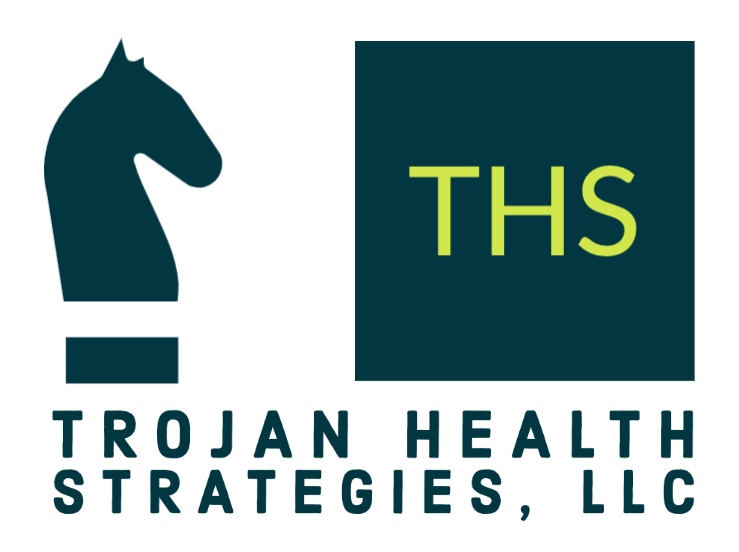Web 3.0 and Well-Being: Changing The Model For Engagement (Part 1)
My original TI-99/4A (c. 1979-80)
My how far we have come!
Web 3.0 will change everything and will do so rapidly. In this two-part essay, I will explain what it is and pose how it can be positioned to impact patient wellbeing. The speed with which we adopt Web 3.0 ways of engaging will depend on the convergence of consumer behavior, suitable infrastructure, and accepted advancements in technology. Unfortunately, due to the complexity of how health care and wellbeing are promoted and delivered in the US, there isn’t really a way to predict the speed or breadth of the impact, however, we can pose some possibilities.
What is Web 3.0?
Web 3.0 is a broad term to describe the technologies that characterize how we will be able to connect in the next iteration of the web. It includes, but is not limited to metaverses, smart contracts, non-fungible tokens, virtual reality or augmented reality. What it is not is the new Facebook. One way to think about the evolution to Web 3.0 is through looking at how we adopted home computer use.
Our first computer was a TI/99 4A and required a connection to our television. I could play games and write a few very simple computer programs. A few years later, we got a dial-up modem and a more powerful computer. Now, when we were able to connect, I could look at very rudimentary websites and send basic messages. At this point, the user experience was limited to syntax and a black screen, and (hopefully) high contrast command text. While I was in college hypertext markup language evolved and websites became more engaging, but they were still focused on one-way communication. This is Web 1.0.
As Web 2.0 started to emerge in the late 90s, the most unique characteristic was its ability to connect with others that had something in common with you. We started to see the emergence of social platforms that were constantly criticized by the mainstream for not having a business model or being the domain of anti-social undesirables. However, we found time, discarded the stigma, and adopted its use. In fact, now people that declare a refusal to engage in Web 2.0 carry the stigma! However, one of the persistent challenges with Web 2.0 is that you don’t know who to trust. Bots can spread misinformation, reviews can be falsified, digital art can be stolen, copyrights can be breached, etc.
Web 3.0 is characterized by immersive experience and decentralized ownership. The technology that facilitates this is blockchain, which is a distributed ledger, which in effect, codes trust into a transaction. The immutability and public nature of how transactions are recorded on the ledger help people trust that the transaction is true. This means that more people can engage in trusted exchanges without requiring a validating intermediary. And if exchanges can be trusted en masse, then they can scale with improved fidelity. So some of the trust issues observed with Web 2.0 are addressed–and opportunities are created.
What stands in the way of this re-envisioned future?
One of the rate limiters to the adoption of Web 3.0 is the different technologies that have to develop to yield a worthwhile experience. The Web 3.0 ecosystem involves more components than prior iterations of the web. Users will require some level of understanding about blockchain and taking custody of digital assets that may have value. They will likely need the know-how and safe places to store digital assets. The quality of their experience will vary given their access to hardware. They may want to create multiple identities to decide how to show up in a metaverse platform. They will also need to be comfortable exchanging fiat money into cryptocurrency in terms of how and having the disposable income to do so. And they need to understand how to engage in a platform, which in all honesty, can take some getting used to. The internet speed will need to be suitable to support all of the bandwidth that these transactions and tech will require. The experience is pretty rough, but so were Web 1 and 2 in the before times.
Check out Part 2 for potential use cases.

